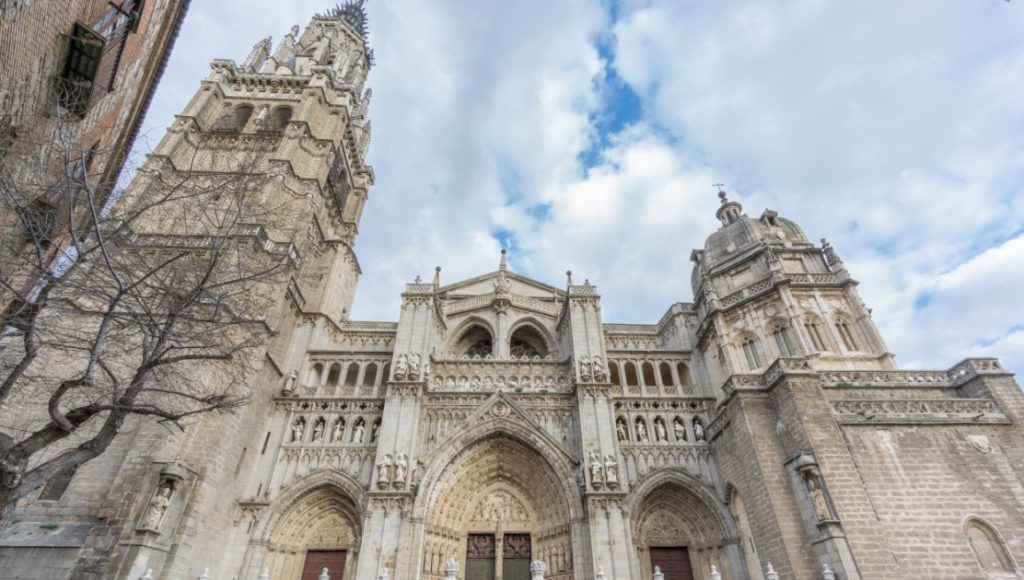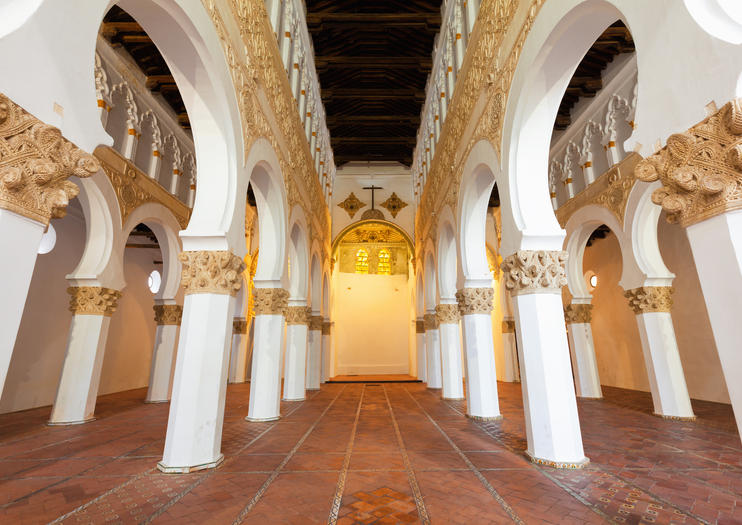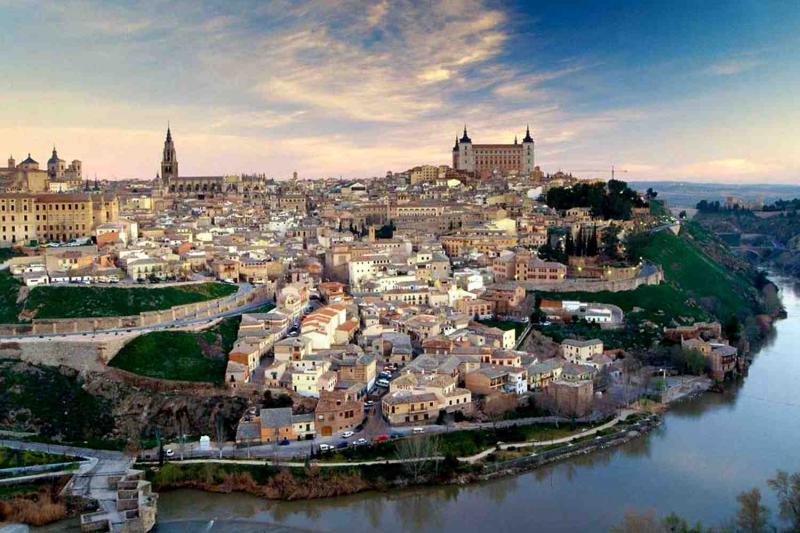
We are in 1085 and Alfonso VI reconquered Toledo. It then became part of the kingdom of Castile. Alfonso, the King promised to respect all religions that gathered in Toledo around those days. A culture of exchange originated those it should not be shown as an ideal world. This push made it possible for the prestigiuos School of Translators to be established in Toledo during the reign of the King Alfonso X, best known as the Wise. His time focused on culture and knowledge and this spread throughout Europe during the 12th and 13th centuries.
What happened? Translations of Arabic and Jewish texts among many thing like, translations of Greek and roman works. This efforts made of Toledo a European intellectual center of its time. All this work helped the rest of Europe to acquire deep knowledge of Muslim and Hebrew cultures and beliefs, as well as to rediscover classical Greek masters, books, traditions and learnings.
During the fourteenth century these 3 cultures co-existed in Toledo but then problems emerge and the cohesion existed began to disintegrate. Economic and social problems developed and cohesion between peoples and cultures eroded.
The Catholic Monarchs of Spain, Fernando de Aragón and Isabel de Castilla, distanced themselves more from these other religions that had coexisted for so long, and since 1492 they expelled the Jewish community that settled in Toledo and ther rest of Spain in the Visigothic period. The Jewish community were forced to pay extra taxes.
During the reign of Carlos I (or Charles V) , in 1519, Toledo became the capital of the Spanish Empire, which was a vast Empire that comprised the Americas. But during the reign of hjs son Felipe II, the Court was moved to Madrid, which at the time was a very small town and this implie dToledo lost its political strength and began a long period of decline both in cultural and in economic terms

